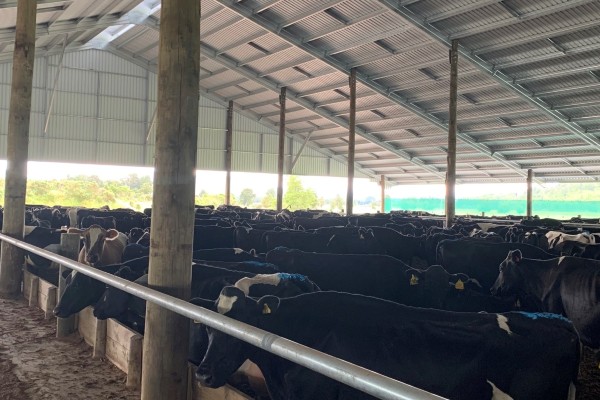
The Science Behind Cool Cows: Why They Produce More Milk
In the world of dairy farming, maximizing milk production is a top priority. While factors like diet, genetics, and health play significant roles, one often overlooked factor is the environment in which cows are kept. Believe it or not, cooler temperatures can have a profound impact on milk production. Let’s delve into the science behind why cool cows produce more milk.
The Heat Stress Challenge
Cows, like humans, are sensitive to temperature changes. When exposed to high temperatures, they experience heat stress, which negatively affects their health and productivity. Heat stress occurs when cows cannot dissipate heat efficiently, leading to reduced feed intake, altered hormone levels, and increased water consumption—all of which contribute to decreased milk production.
Optimal Temperature Conditions
The ideal temperature range for dairy cows is between 4°C to 18°C. Within this range, cows are comfortable and can maintain their normal metabolic functions without excess energy expenditure on cooling themselves. This results in higher feed intake, better digestion, and ultimately, increased milk yield.
Mechanisms of Milk Production
To understand why cool temperatures are beneficial, we must consider the physiological processes involved in milk production:
-
Metabolic Efficiency: When cows are cool, they allocate more energy towards milk production rather than cooling themselves. This efficiency translates directly into higher milk yields.
-
Feed Intake: Cool temperatures encourage cows to consume more feed, providing the necessary nutrients for milk synthesis. Higher feed intake means more energy available for milk production.
-
Comfort and Relaxation: Cool cows are less stressed and more comfortable, leading to increased relaxation and better hormonal balance. Stress hormones like cortisol, which can inhibit milk production, are reduced in cooler environments.
Challenges from Tunnel House Shelters with Canvas or Plastic Roofs
In modern dairy farming, various types of agricultural shelters like polyhouse or greenhouse roofs, often constructed from materials such as canvas or plastic, can inadvertently contribute to heat stress. Whilst plastic or canvas roofs can provide protection, they tend to trap heat, leading to elevated temperatures inside barns that can adversely affect cows' comfort levels. This heat buildup under these roofs and shelters can undermine efforts to maintain optimal conditions for cows, potentially reducing milk production efficiency.
Practical Applications on the Farm
Farmers must adopt strategies to mitigate heat stress within agricultural shelters:
-
Ventilation: Ensuring adequate airflow through shelters helps dissipate heat and maintain cooler temperatures.
-
Cooling Systems: Installing fans, misters, or other cooling mechanisms inside shelters can effectively reduce heat stress and improve cows' comfort.
-
Roofing Considerations: Choosing roofing materials that minimize heat absorption and maximize reflection can contribute to cooler shelter environments. Don't use Canvas or Plastic roofs.
Plastic / Canvas Roof Shelters - See what Dairy NZ has to say
Transparent roof shelters provide limited shade; if any. In the wrong conditions, transparent roof shelters can make the environment in the shelter warmer. Cows need at least 50% Blockage from Solar Radiation.
Conclusion
In conclusion, maintaining optimal environmental conditions—particularly cooler temperatures—is crucial for maximizing milk production in dairy cows. By understanding the impact of heat stress, whether from natural or man-made sources like agricultural shelters, farmers can implement effective strategies to enhance cows' comfort, productivity, and overall well-being. Sustainable dairy farming practices not only benefit the cows but also contribute to the efficiency and profitability of dairy operations worldwide. As technology advances in agricultural infrastructure, it becomes increasingly important to prioritize the welfare of livestock to ensure a resilient and prosperous dairy industry for the future.